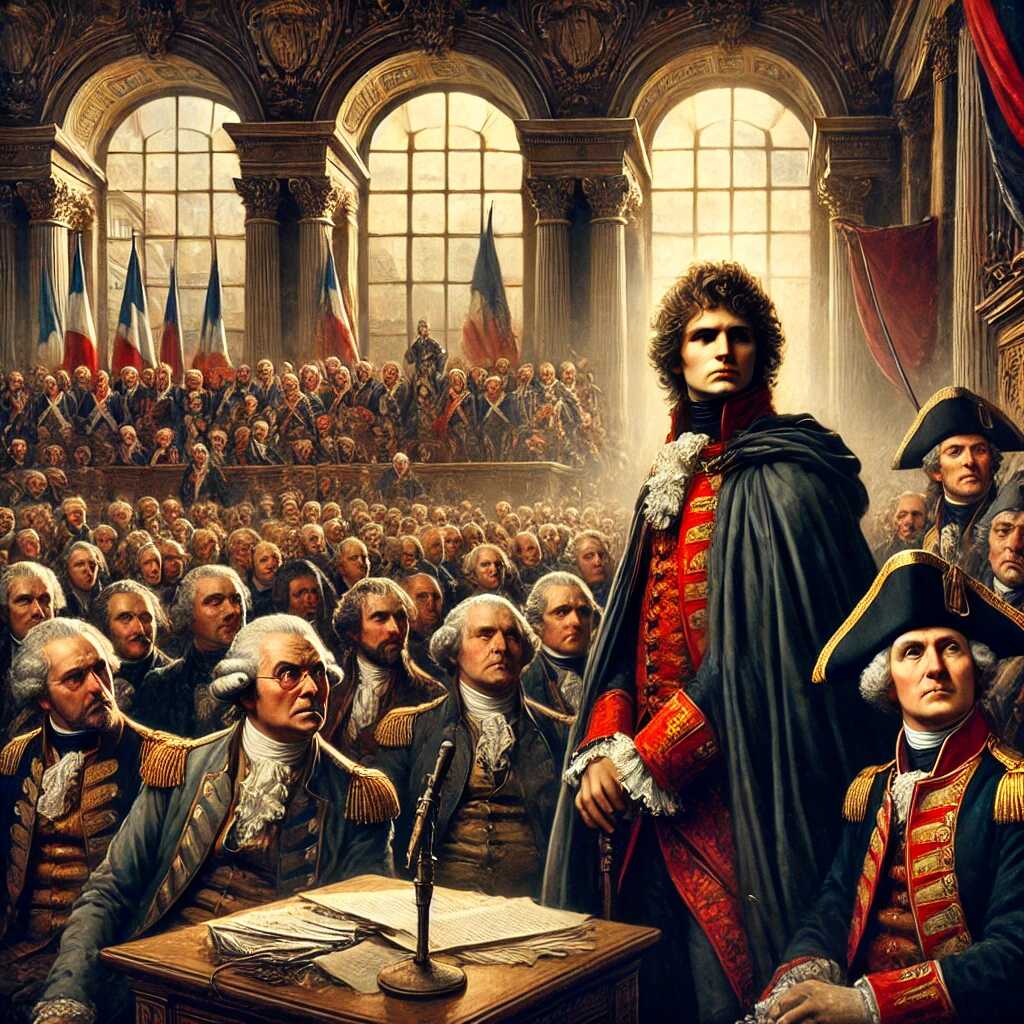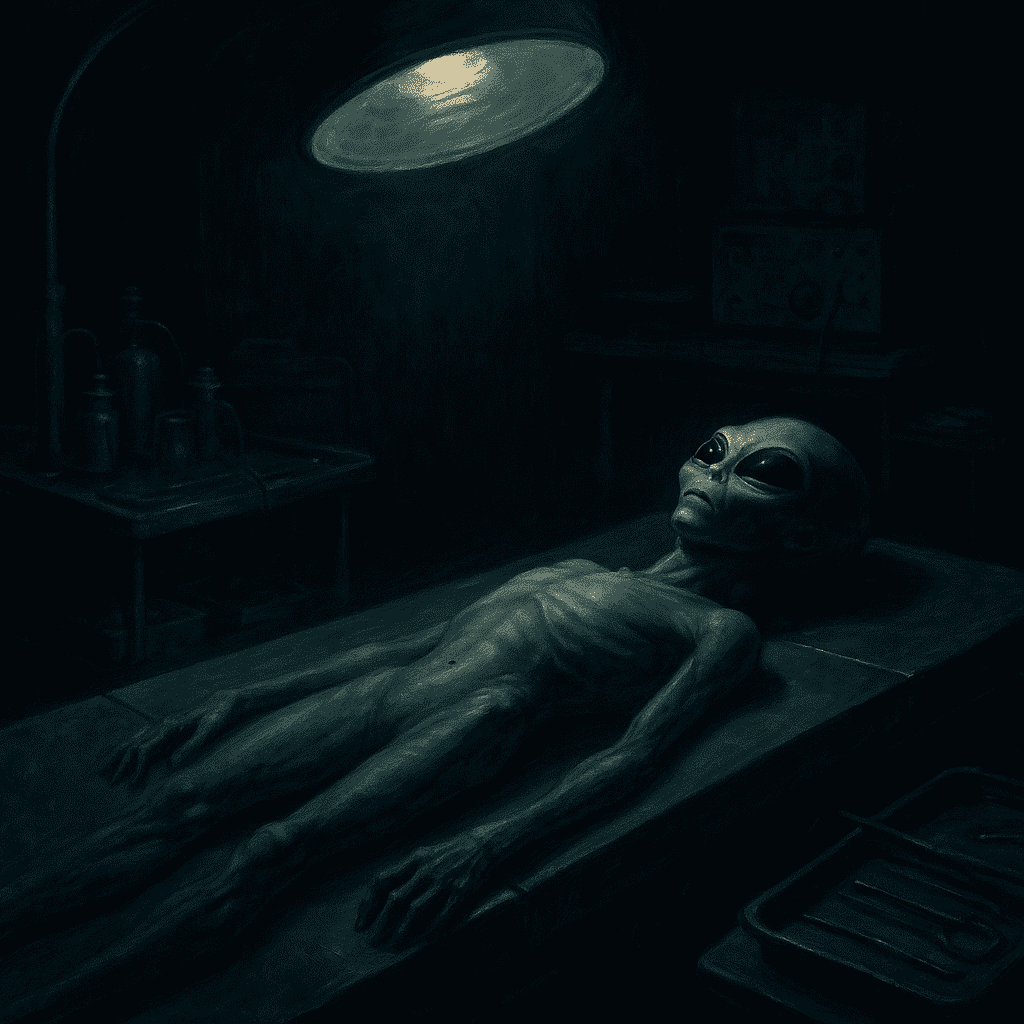
Famous Figures of the French Revolution: Architects of Change

The French Revolution (1789–1799) was a defining period in world history, marked by the overthrow of the monarchy, the rise of radical political ideas, and the reshaping of society. Central to this era of upheaval were influential figures whose actions and ideas left a lasting legacy. From revolutionary leaders to monarchs and philosophers, these individuals embodied the complexities and contradictions of the revolution.
King Louis XVI
King Louis XVI, the monarch at the helm of France during the revolution, became a symbol of the ancien régime's failures. His indecision and inability to address the economic and political crises of the late 18th century eroded public trust. Despite attempts at reform, such as summoning the Estates-General in 1789, his resistance to revolutionary demands and perceived betrayal led to his arrest and eventual execution by guillotine in January 1793. Louis XVI's downfall marked the end of absolute monarchy in France and the rise of revolutionary republicanism.
King Louis XVI, the monarch at the helm of France during the revolution, became a symbol of the ancien régime's failures. His indecision and inability to address the economic and political crises of the late 18th century eroded public trust. Despite attempts at reform, such as summoning the Estates-General in 1789, his resistance to revolutionary demands and perceived betrayal led to his arrest and eventual execution by guillotine in January 1793. Louis XVI's downfall marked the end of absolute monarchy in France and the rise of revolutionary republicanism.
Queen Marie Antoinette
Marie Antoinette, the Austrian-born queen of France, became a controversial figure during the revolution. Often vilified as a symbol of royal excess, her lavish lifestyle and rumored indifference to the plight of ordinary citizens earned her the nickname "Madame Deficit." Despite efforts to secure her family's safety, Marie Antoinette was imprisoned and later executed in October 1793. Her death symbolized the rejection of monarchical privilege and the triumph of revolutionary ideals.
Maximilien Robespierre
Maximilien Robespierre, known as "The Incorruptible," was a key figure in the radical phase of the French Revolution. A lawyer and politician, he championed the principles of liberty, equality, and fraternity, becoming a leader of the Jacobin Club and the Committee of Public Safety. Robespierre's role in the Reign of Terror, during which thousands of perceived enemies of the revolution were executed, remains one of the most controversial aspects of his legacy. He was overthrown and executed in July 1794, ending the radical phase of the revolution.
Georges Danton
Georges Danton, a charismatic orator and revolutionary leader, played a crucial role in the early phases of the revolution. As a founder of the Revolutionary Tribunal and a key figure in the overthrow of the monarchy, Danton advocated for decisive action. However, his opposition to the extremism of the Reign of Terror brought him into conflict with Robespierre. Danton's execution in April 1794 highlighted the internal divisions within the revolutionary movement.
Jean-Paul Marat
Jean-Paul Marat, a journalist and radical political thinker, became one of the most influential voices of the revolution. His newspaper, L'Ami du Peuple (The Friend of the People), called for dramatic social reforms and the eradication of counter-revolutionary elements. Marat's assassination in July 1793 by Charlotte Corday, a moderate revolutionary, turned him into a martyr for the radical cause. His death exemplified the intense ideological struggles of the time.
Charlotte Corday
Charlotte Corday, a member of the moderate Girondins, entered the annals of history through her assassination of Jean-Paul Marat. Believing that Marat's radicalism was destabilizing France, she fatally stabbed him in his bathtub in July 1793. Corday was swiftly arrested and executed, but her actions highlighted the deep divisions and ideological tensions within the revolutionary movement.
Napoleon Bonaparte
Although not a central figure during the early years of the revolution, Napoleon Bonaparte emerged as a transformative leader in its aftermath. His military prowess during the revolutionary wars catapulted him to prominence, and by 1799, he orchestrated a coup d'état that established him as First Consul of France. Napoleon's rise marked the end of the revolutionary era and the beginning of a new chapter in French history under his rule.
Olympe de Gouges

Olympe de Gouges was a pioneering feminist and playwright who championed women's rights during the revolution. Her Declaration of the Rights of Woman and the Female Citizen (1791) called for gender equality and highlighted the revolution's failure to address women's rights. Her advocacy for social reform and opposition to the Jacobins led to her execution in 1793. De Gouges remains a symbol of the struggle for equality and justice.
Marquis de Lafayette
The Marquis de Lafayette, a nobleman and military leader, was an early supporter of the revolution and a key figure in drafting the Declaration of the Rights of Man and of the Citizen. His moderate stance and efforts to mediate between the monarchy and revolutionaries positioned him as a symbol of constitutional reform. However, his association with the monarchy and perceived lack of revolutionary zeal led to his eventual fall from favor.
Legacy of Revolutionary Figures
The French Revolution was shaped by the actions and ideas of these extraordinary individuals, each representing a different facet of the era. From the fiery rhetoric of Robespierre and Marat to the moderate reforms of Lafayette and the defiance of figures like Charlotte Corday and Olympe de Gouges, their stories continue to inspire and challenge our understanding of revolution and change. Together, they embody the complexities of a period that reshaped France and the world.


